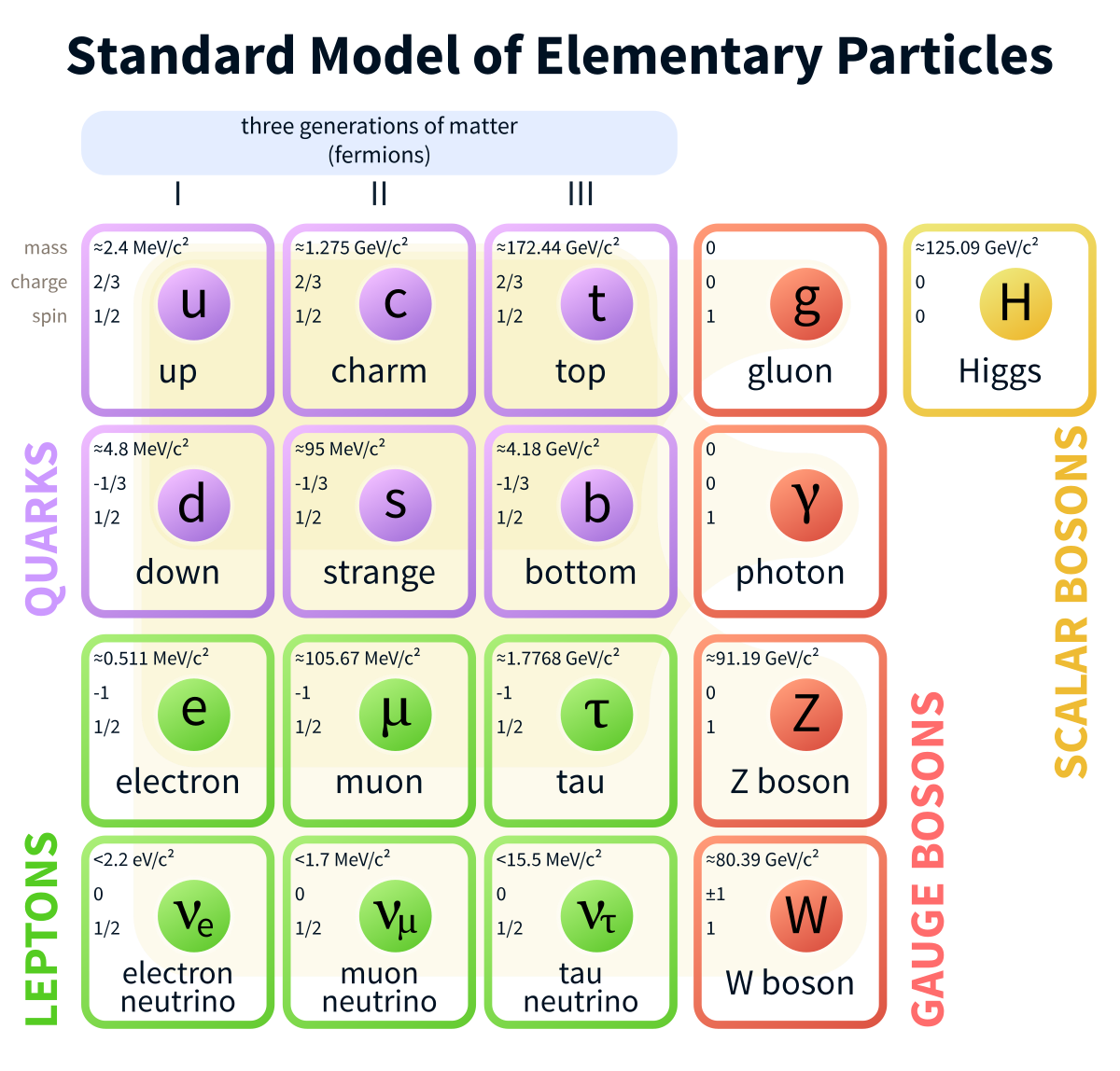
What is gravity?;
This question has bothered many physicists over the centuries. In physics classes, we were told of an apple falling from the apple tree helping Newton formulate the law of universal gravitation, and of the great Einstein, who described gravity in the general theory of relativity. It is undeniable that every object with mass is brought toward another object with mass. Why this is happening is another matter. In today's article, however, I will focus on why gravity as one of the four fundamental forces doesn't allow us to say that we have one theory that describes the whole reality - the theory of everything.
Czym jest grawitacja?;
Pytanie to nurtowało wielu fizyków na przestrzeni wieków. Na lekcjach fizyki opowiadano nam o jabłku, które spadając z jabłonki miało pomóc Newtonowi w sformułowaniu prawa powszechnego ciążenia oraz o wielkim Einsteinie, który w ogólnej teorii względności opisał czym według niego jest grawitacja. Niezaprzeczalne jest, że wszystko co ma masę przyciąga się. Dlaczego tak się dzieje to jednak inna sprawa. W dzisiejszym artykule jednak skupię się, dlaczego grawitacja jako jedno z czterech podstawowych oddziaływań nie pozwala nam mówić, że mamy jedną teorię opisującą całą rzeczywistość - teorię wszystkiego.

Standard model;
The standard model is one of the most successful physical theories. It perfectly describes what the material is built of, and it also describes the media of three of the four basic forces - bosons. But it does not explain why there is gravity at the quantum level. In fact, it is the only one missing force in the description of matter and interactions - it is a missing piece of the theory of everything.
Gravity is very weak...;
Gravity is by far the weakest force. Numbers describe perfectly how weak it is: if we assume that the gravitational interaction has power 1, the strong force has the power 100000000000000000000000000000000000000000.
Quantum gravity;
According to quantum field theory, each elementary particle has its field, which if there is enough energy in one place it generates material particles. Some fields, such as the Higgs field interact with other elementary particles, in this case giving them a mass. Some scientists have assumed that there is a gravitational field whose representative would be a graviton particle with the following properties:
- mass = 0
- charge = 0
- spin = 2
Will we be able to observe graviton?;
As I have said before, the force of gravity is incredibly weak. It is therefore very unlikely that we will be able to observe gravitation with particle colliders. But maybe we will be able to find another method for observing particles...
Model standardowy;
Model standardowy jest jedną z najbardziej udanych teorii fizycznych. Doskonale opisuje z czego zbudowana jest materia, opisuje również nośniki trzech z czterech podstawowych oddziaływań, czyli bozony. Nie tłumaczy on jednak, dlaczego istnieje grawitacja na poziomie kwantowym. W zasadzie tylko tego nam brakuje w opisie materii i oddziaływań - jest to brakująca cegiełka do stworzenia teorii wszystkiego.
Grawitacja jest bardzo słaba...;
Grawitacja jest zdecydowanie najsłabszym oddziaływaniem. Dobrze ukazują to liczby: jeśli przyjmiemy, że oddziaływanie grawitacyjne ma moc 1, to oddziaływanie silne ma moc 100000000000000000000000000000000000000000
Kwantowa grawitacja;
Zgodnie z kwantową teorią pól, każda cząstka elementarna posiada swoje pole, które jest w stanie po zgromadzeniu wystarczającej energii w jednym miejscu wygenerować materialne cząstki. Niektóre pola, jak np. pole Higgsa oddziałuje z innymi cząstkami elementarnymi, w tym przypadku nadając im masę. Część naukowców założyła więc, że istnieje pole grawitacyjne, którego reprezentantem miałaby być cząstka grawiton o następujących właściwościach:
- masa = 0
- ładunek = 0
- spin = 2
Czy uda nam się zaobserwować grawiton?;
Jak wcześniej przedstawiłem, siła grawitacji jest niesamowicie słaba. Jest więc bardzo mało prawdopodobne, że uda nam się zaobserwować grawiton za pomocą zderzaczy cząstek. Może jednak uda nam się znaleźć inną metodę na obserwacje cząstek...
